Pronoun Unveiled: A Guide to Inclusive Language
Explore respectful pronoun usage and its role in inclusivity, understanding, and empathy for diverse gender identities.
Uncover the power of respectful pronoun usage, handle mistakes gracefully, and find resources for inclusivity. Join us on this transformative journey.
Unveiling the Power of Pronouns: A Key to Inclusive Communication
Pronouns empower language and communication, seamlessly replacing repetitive names and fostering meaningful connections. They embody identity, forging paths to respectful interactions. In this blog post, we dive deep into the realm of pronouns, unravelling their essence and unveiling their vital role in honouring diverse gender identities
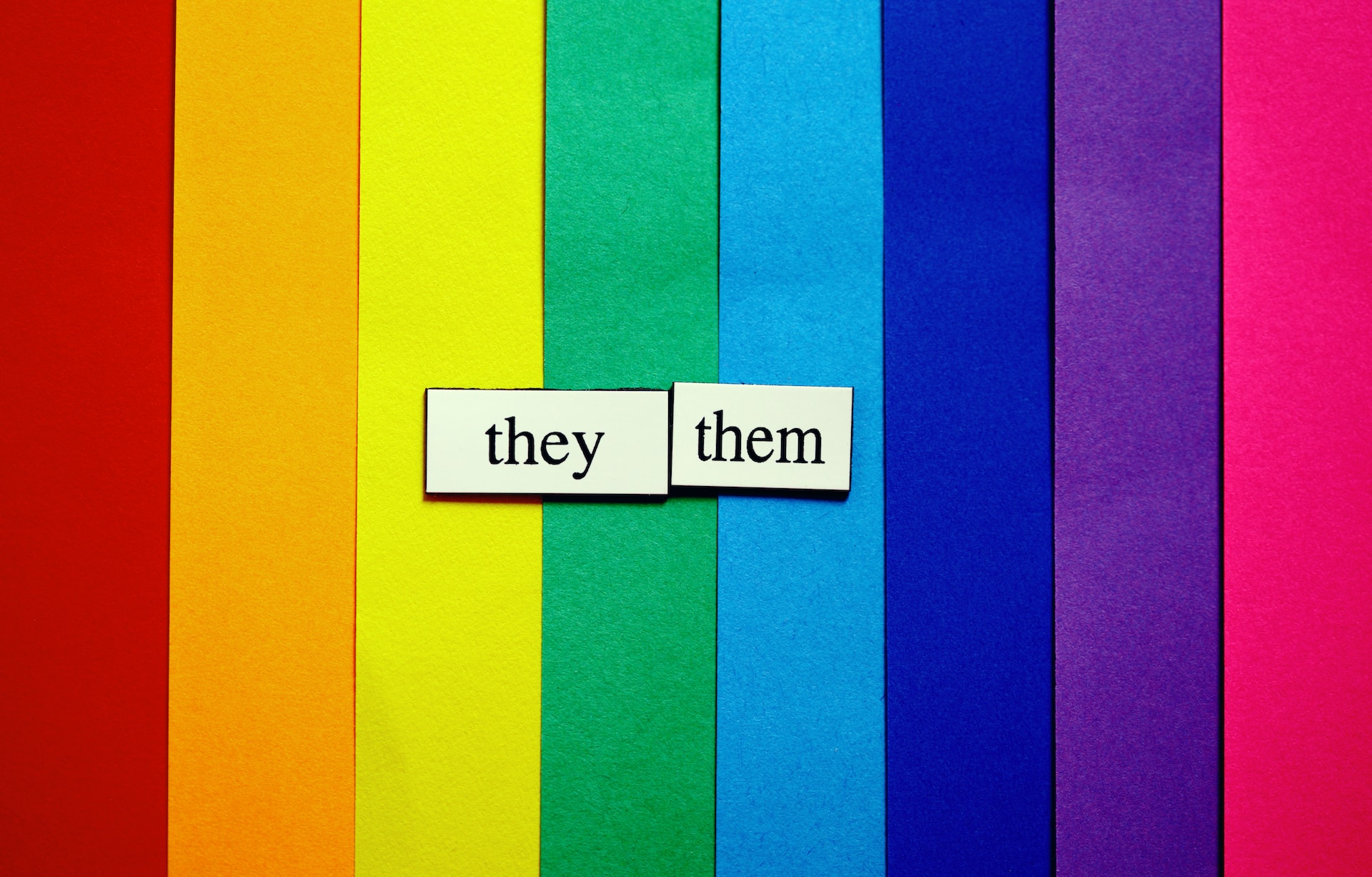
Pronouns, in their simplest form, serve as linguistic tools, substituting nouns and propelling conversations forward. They transcend traditional gender boundaries, encapsulating the intricate tapestry of personal identity beyond assigned sex or societal expectations.
Respecting individuals’ gender identities and nurturing inclusivity hinges on the correct usage of pronouns. By embracing and affirming the pronouns individuals identify with, we acknowledge their authentic selves and validate their lived experiences. Conversely, misgendering, the jarring act of misusing pronouns, inflicts emotional harm and negates personal truths. Thus, cultivating an environment of understanding and adopting inclusive language practices takes precedence.
As our society awakens to the richness of gender diversity and the imperative of inclusivity, it falls upon each of us to embark on an educational voyage, delving into the profound significance of pronouns. By doing so, we contribute to the construction of a sanctuary that embraces all individuals, irrespective of their gender identities. In the forthcoming sections, we explore the mosaic of common pronouns, including the gender-neutral variety and neo-pronouns, equipping ourselves with the knowledge to respectfully navigate everyday conversations. Join us on this transformative expedition as we master the art of pronouns, treading the path of respect and understanding.
Beyond Binary: Exploring Common Pronouns and Gender Identity
When it comes to pronouns, we encounter a tapestry of commonly used ones in our everyday conversations. These pronouns, such as he/him, she/her, and they/them, serve as windows into a person’s gender identity, transcending the boundaries of biological sex and outward expression.
He/him pronouns embody the essence of individuals who identify as male, reflecting their identity as men. Assumptions based on appearance or societal norms must yield to the power of respecting and using the pronouns a person identifies with.

Likewise, she/her pronouns gracefully embrace the inner worlds of individuals who identify as female, signifying their womanhood. However, we must hold space for the understanding that gender identity remains deeply personal, and it cannot be ascertained solely from external cues.
In recent years, they/them pronouns have emerged as a compelling force, embodying the identities of those who identify as non-binary, genderqueer, or seek a gender-neutral pronoun. They/them pronouns effortlessly weave between singular and plural contexts, challenging convention and opening doors to inclusivity.
By illuminating these commonly used pronouns, we dismantle the rigid confines of binary gender and welcome the richness of gender diversity into our consciousness. Let us embark on a journey that expands our horizons, embracing pronouns with an open heart and mind while honouring each individual’s self-identified gender.
In the forthcoming section, we venture into the realm of singular they/them pronouns, illuminating their usage and exploring the captivating world of neo-pronouns. These linguistic gems provide additional avenues of self-expression for those whose identities find solace beyond the traditional pronouns we’ve come to know. Join us as we navigate this tapestry of pronouns, celebrating the vibrant mosaic of human identity.
Embracing Gender Neutrality: The Power of Singular They/Them Pronouns
In addition to the commonly used pronouns he/him and she/her, the emergence of singular they/them pronouns offers a gender-neutral alternative that honours individuals who transcend the boundaries of traditional male or female identities. Embracing they/them pronouns for a singular person may initially feel unfamiliar, but it is a powerful and inclusive practice that validates and respects the vast spectrum of gender identities.
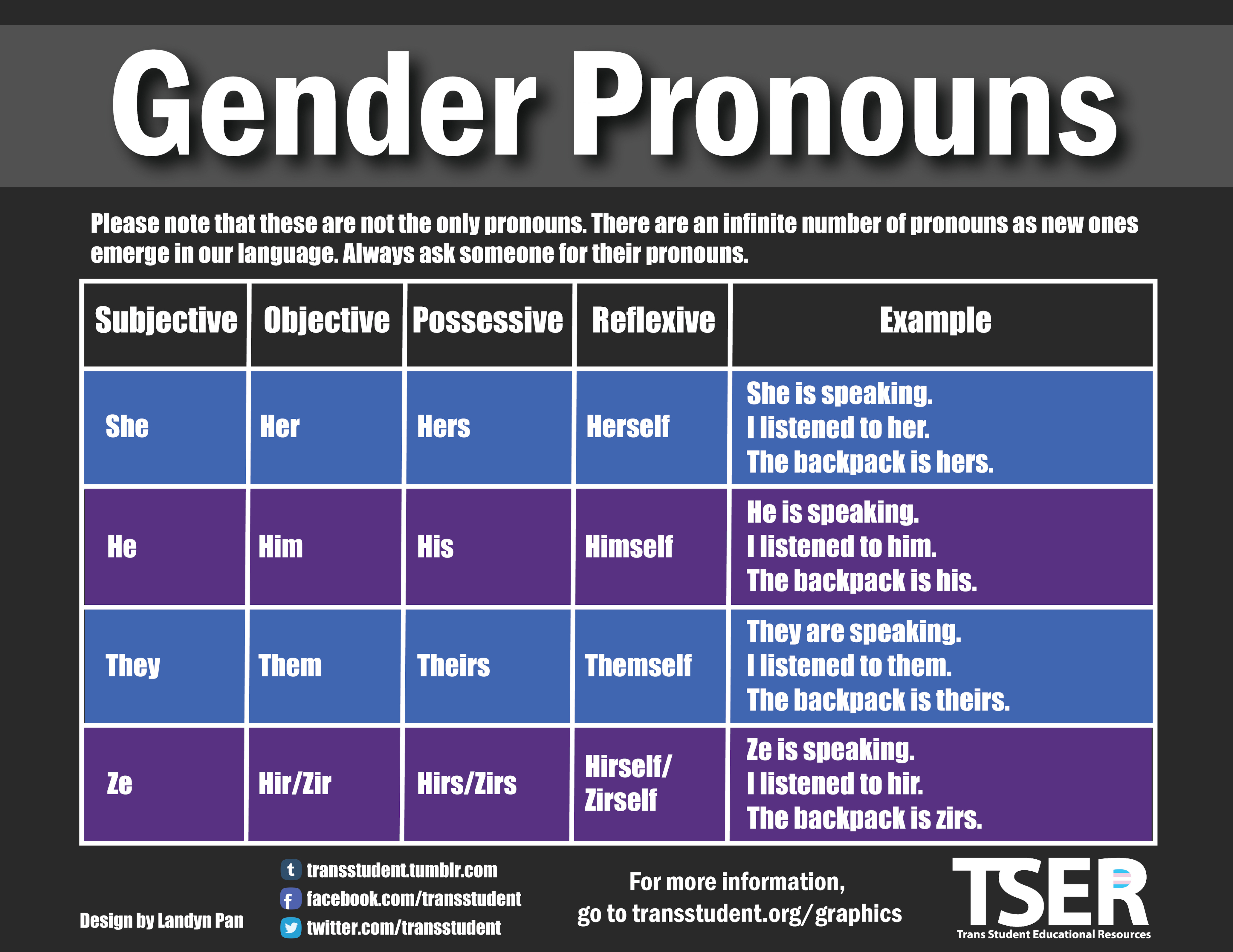
To foster inclusivity and respect, let’s explore some vibrant examples of incorporating gender-neutral pronouns into our conversations:
- When referring to someone who uses they/them pronouns:
- “They went to the store.”
- “I saw them at the park.”
- “Please pass the book to them.”
- When encountering an individual whose pronouns are unknown:
- “I met a new colleague today. I haven’t learned their pronouns yet.”
- “I spoke to a student who is interested in joining our club, but I’m not sure what their pronouns are.”
- When discussing hypothetical or unknown individuals:
- “If someone wants to express themselves, they should feel comfortable doing so.”
- “A friend of mine told me about their experience with pronouns.”
While adapting to the usage of singular they/them pronouns may require practice, it becomes more effortless over time as familiarity grows. Embracing this inclusive language not only supports non-binary and genderqueer individuals but also fosters a welcoming and inclusive environment for all.
Join us in the next section as we embark on a captivating exploration of neo-pronouns, which offer an even wider range of options for individuals to express their unique gender identities. Let us continue our journey of understanding and respecting pronouns in all their magnificent forms.
Neo-Pronouns: Navigating Gender Identity with Linguistic Empowerment
In our journey through the realm of pronouns, we encounter a fascinating aspect of language: neo-pronouns. These remarkable pronouns have emerged in recent years, offering additional choices for individuals who don’t find representation in traditional pronouns. Neo-pronouns empower non-binary and genderqueer individuals to authentically express their true selves, forging a path of self-affirmation.
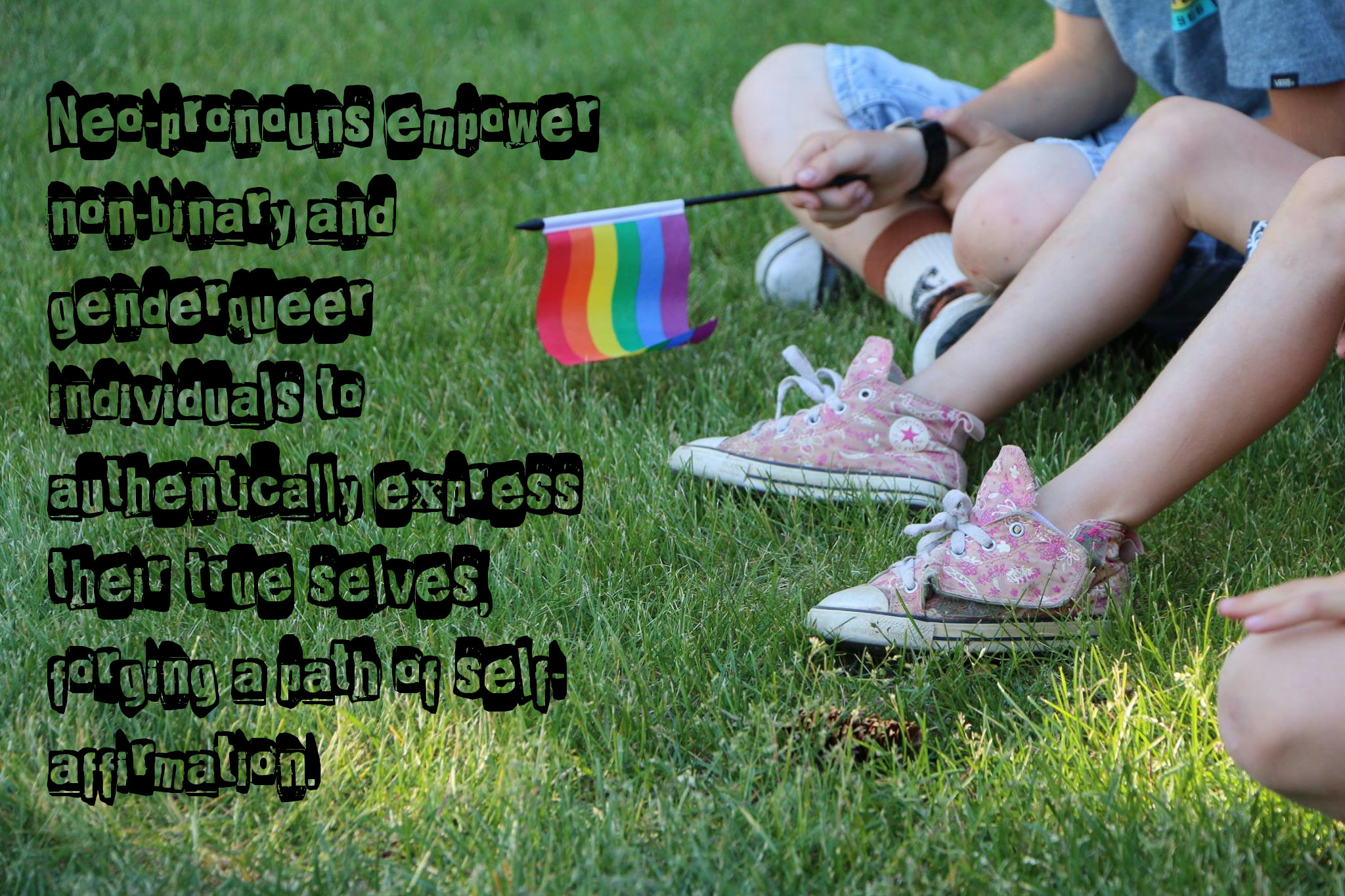
Let’s explore some vivid examples of neo-pronouns and delve into their origins:
- Ze/hir:
- Ze/hir pronouns, a gender-neutral alternative to he/him or she/her, embrace individuals who exist beyond the confines of the gender binary.
- Vibrant usage: “Ze embarked on an adventure” or “I encountered hir in a bustling café
- “Xe/xem:
- Xe/xem pronouns, another set of gender-neutral pronouns, allow individuals to transcend the limitations of he/him or she/her, embracing their unique gender identities.
- Vivid usage: “Xe possesses immense creativity” or “I engaged in a heartfelt conversation with xem about their passions.”
- Ey/em:
- Ey/em pronouns, non-binary in nature, transcend the binary concepts of he/him or she/her, honouring and respecting the diverse gender identities of individuals.
- Vivid usage: “Ey radiates charisma and confidence” or “I encountered em during an extraordinary event.”
Neo-pronouns, being personal choices, vary in their origins and usage, often tailored by and for specific communities. By honouring and utilizing someone’s chosen neo-pronouns, we affirm their gender identity, creating an environment where they feel seen and valued.
When engaging in a conversation using neo-pronouns, we can follow a similar approach as with other pronouns. Allow me to illustrate how to skillfully incorporate gender-neutral pronouns when referring to someone:
- “Ze embarked on a thrilling adventure and had an unforgettable experience.”
- “I had the pleasure of meeting xem at a thought-provoking conference, where we exchanged fascinating insights.”
- “Ey’s captivating performance left a lasting impression on the audience, and I’m a fan of ems extraordinary talent.”
By integrating neo-pronouns into our linguistic repertoire and honouring individual choices, we foster an inclusive and accepting environment. Embracing a mindset of openness and eagerness to learn about diverse pronoun options enables us to support and validate the rich tapestry of experiences and identities that surround us.
As our exploration of pronouns unfolds, we now turn our attention to the importance of respecting pronouns and delve into practical guidance on how to politely inquire and share pronouns. Join us in the next section as we embark on an empathetic and understanding journey through the intricate landscape of pronoun usage.
Respecting Pronouns: Building a Foundation of Inclusion and Acceptance
Respecting pronouns becomes a catalyst for creating a supportive and inclusive environment. It transcends the realm of mere linguistic accuracy; it becomes a powerful affirmation of someone’s identity, a celebration of their lived experiences, and a conduit for fostering empathy and understanding. Let’s unravel the profound significance of using correct pronouns and confront the detrimental impact of misgendering on individuals’ mental well-being.
When we use incorrect pronouns for someone, we unleash a torrent of profound consequences on their sense of self, mental health, and overall well-being. Misgendering, whether it be intentional or unintentional, inflicts a searing pain of invalidation, screaming that a person’s identity is dismissed and disregarded. The fallout manifests as dysphoria, anxiety, depression, and an overwhelming sense of marginalization and exclusion.
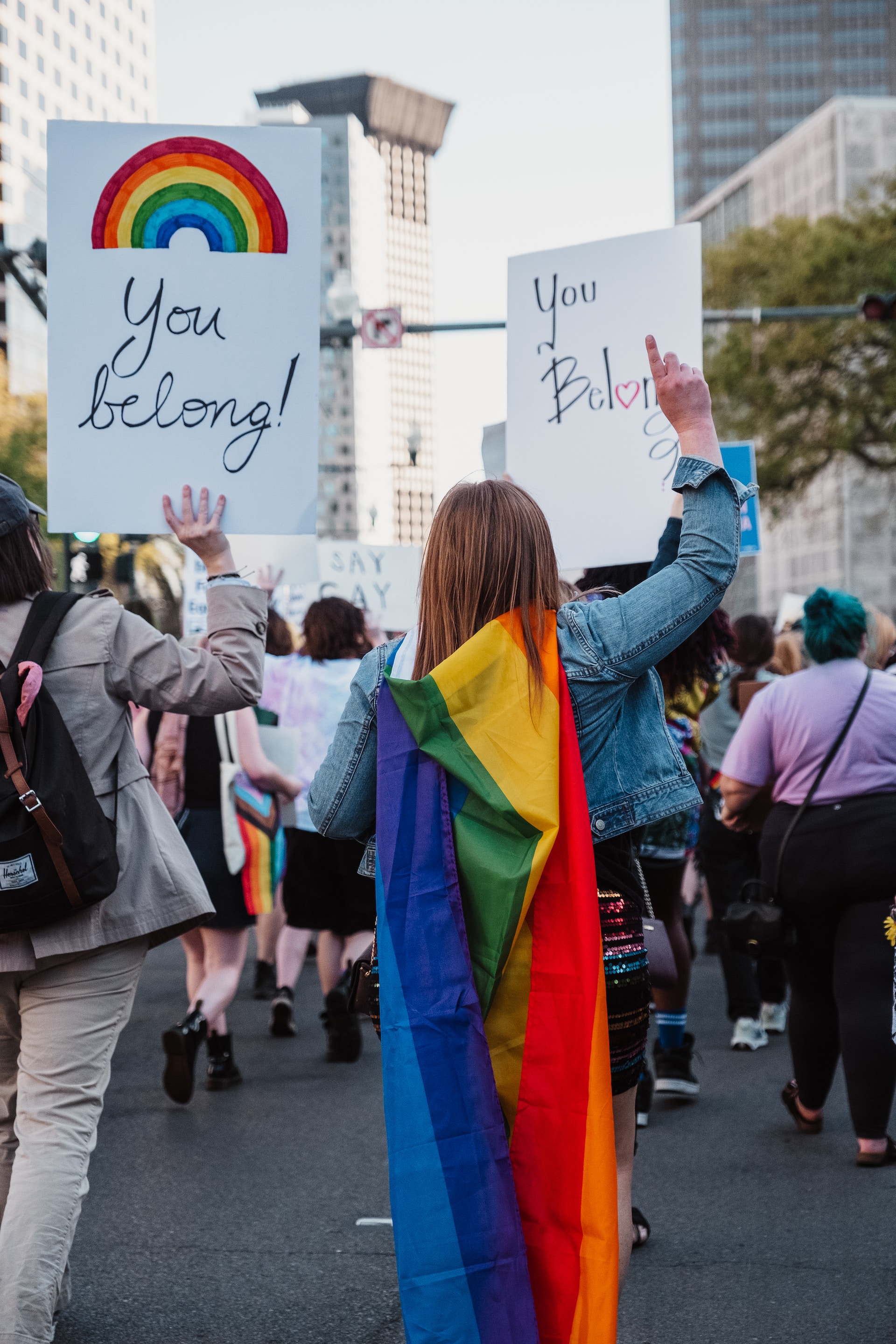
In embracing the mantle of correct pronouns, we unfurl a safe haven, an embrace of authenticity where individuals are free to express themselves without fear of judgment or misunderstanding. It is an act of validation, acceptance, and unyielding support. Respecting pronouns epitomizes our profound regard for each person’s unique gender identity, unbound by societal norms or preconceived notions.
Moreover, using correct pronouns becomes a pivotal journey not only for transgender and non-binary individuals but for all of us. It becomes the crucible to shatter the confines and misconceptions encasing gender identity. It kindles a culture reverberating with inclusivity and reverence, where people are beheld and cherished for their unvarnished truth.
Education becomes our compass in this transformative odyssey toward pronouns, beckoning us to integrate them seamlessly into our daily tapestry. We commence by normalizing the practice of inquiring and sharing pronouns, forging a space where open dialogue thrives, understanding blossoms, and any misconceptions find redemption.
Bear in mind that even the most ardent intentions can sometimes stumble upon unforeseen missteps. Yet, what defines us is how we navigate those tumultuous waters. If, by chance, we utter an errant pronoun, we must humbly extend a genuine apology, rectify the course, and redouble our efforts to employ the correct pronouns henceforth. By equipping ourselves with knowledge of different pronouns and immersing ourselves in inclusive language practices, we will prove ourselves as indispensable allies.
Respecting pronouns unveils itself as an immutable cornerstone for fostering inclusivity and creating a nurturing haven for individuals of all gender identities. It unfurls as a potent instrument, validating the very essence of someone’s identity, fortifying mental well-being, and forging profound connections steeped in empathy and understanding. Embracing the symphony of pronouns ushers us into a realm where diversity reigns supreme. In the subsequent segment, we will furnish practical guidance on respectfully inquiring and sharing pronouns. Accompany us on this expedition as we traverse the path of communication drenched in inclusivity.
Creating Space for Identity: Nurturing Pronoun Awareness and Dialogue
As we forge ahead in our quest to create inclusive spaces, we must actively normalize the practice of asking and sharing pronouns. This transformative act propels us into a culture where we steep ourselves in respect and understanding; with reverence, we weave the tapestry of individuals’ gender identities. Let us delve into the vital significance of asking and sharing pronouns and unveil the art of respectfully inquiring about someone’s pronouns.
One powerful way to instigate the sharing of pronouns is through the donning of pronoun pins or badges. This seemingly small gesture radiates a profound message—it signifies our openness to divulge our pronouns and cultivates an environment where others feel emboldened to follow suit. By normalizing the conversation surrounding pronouns, we alleviate the burden on individuals who may harbour hesitations in revealing their pronouns unprompted.

In tandem with physical indicators such as pins, we can seamlessly infuse pronouns into our digital and written interactions. The inclusion of pronouns in email signatures, social media profiles, or introductions becomes a resounding declaration of respect, setting an exemplary tone for others to emulate. This practice empowers us to construct a digital landscape steeped in inclusivity and understanding, spurring others to embark on a similar voyage.
Exercising utmost care and approaching conversations about someone’s pronouns respectfully and considerately are crucial for navigating this realm effectively. To ensure a respectful and considerate approach, consider the following tips:
- Pave the way with your own pronouns: By sharing your pronouns first, you pave the path towards normalizing the practice and fashioning a secure haven for others to follow suit. As you introduce yourself, seize the opportunity to declare, “Salutations, my name is [Name], and my pronouns are [pronouns].”
- Craft open-ended and non-assumptive questions: Abandon assumptions tethered to appearances or perceived gender norms. Embrace open-ended questions that foster an atmosphere of ease, allowing individuals to comfortably share their pronouns. Consider inquiries such as, “Which pronouns do you use?” or “Could you kindly enlighten me as to your correct pronouns?”
- Respect privacy and boundaries: Not everyone may be prepared or inclined to disclose their pronouns, so it is important to understand and respect their choice. Honour their decision and refrain from pressuring them into divulging. It is important to recognize that not all gender identities are visibly apparent, and some individuals may choose to withhold their pronouns for personal reasons.
- Engage in active listening: When someone shares their pronouns, lend them your undivided attention and acknowledge their choice. Steer clear of assumptions or questioning their decision. Respect their self-identification and consistently employ the pronouns they have graciously provided.
- Apologize and rectify mistakes: In the event of unintentional misgendering, extend a sincere apology and swiftly correct yourself. We are all participants in a continuous learning process, and slip-ups may occur. The essence lies in our willingness to learn, evolve, and improve.
By normalizing asking and sharing pronouns, we become agents of change, propelling ourselves towards an environment brimming with inclusivity and respect. This practice becomes a testament to our unwavering commitment to comprehend and honour the kaleidoscope of gender identities that grace our world. Let us embark upon these conversations armed with empathy and an open mind, forging spaces where every individual is unequivocally seen, heard, and valued.
In our culminating section, we will recapitulate the key insights gleaned from our exploration of pronouns, emphasizing the perpetual significance of inclusive language. Join us as we draw the curtains on this journey of pronoun comprehension and advocacy.
Embracing Growth: Learning from Pronoun Slip-Ups and Cultivating
In our quest to understand and use pronouns respectfully, it is crucial to recognize that mistakes can occur, even with the best intentions. Embracing the active voice and employing vivid language let us delve into how we can handle errors and foster a culture of understanding and learning when it comes to pronoun usage.
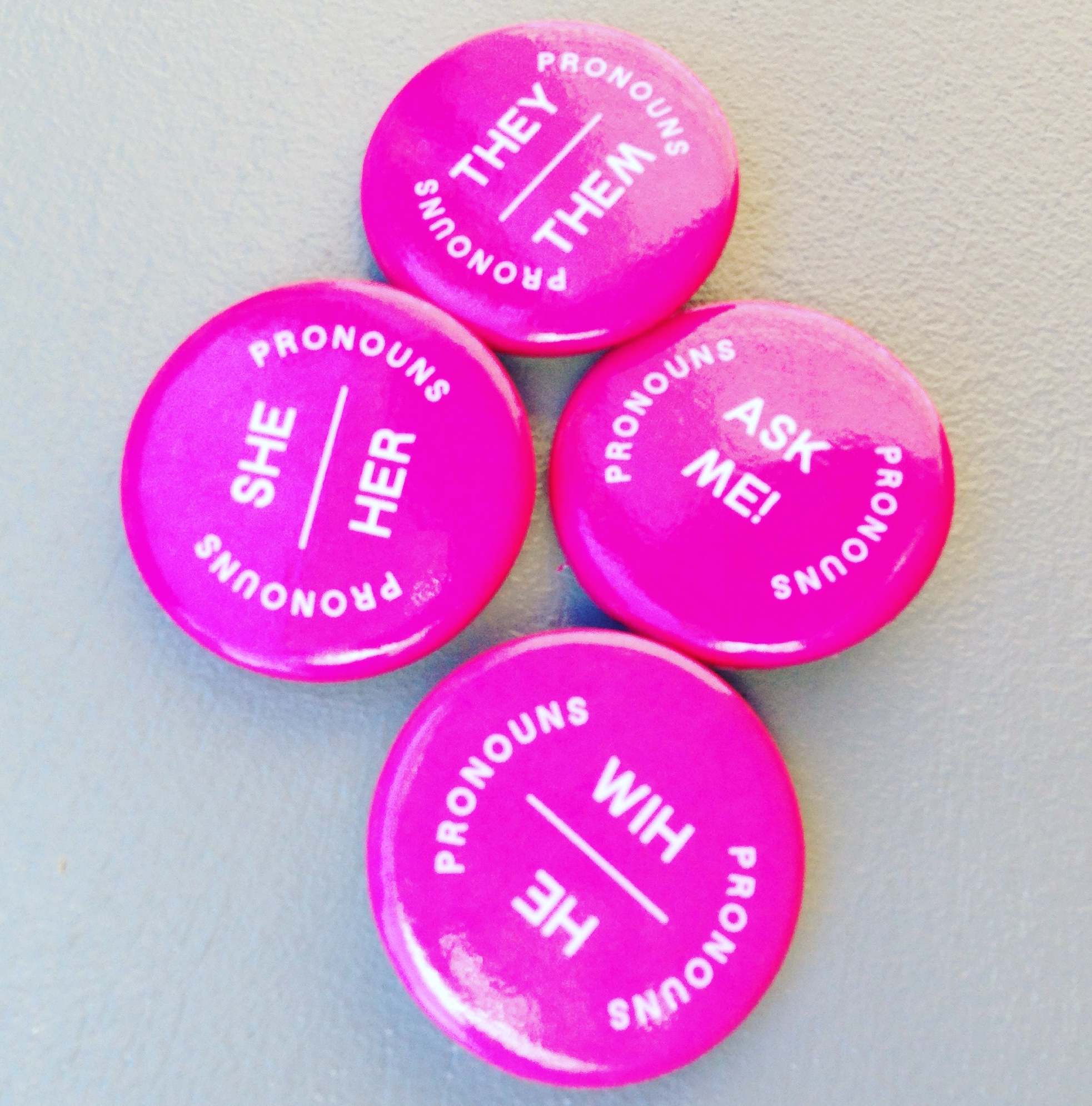
- Acknowledge and take responsibility: When you realize that you have erred in using someone’s pronouns, take a moment to acknowledge the mistake. Assume responsibility for the oversight and understand that it presents an opportunity for growth and improvement. Recognize the potential harm caused by misgendering and offer a sincere apology for any discomfort inflicted.
- Listen and learn: Should someone correct or educate you regarding pronoun usage, approach the situation with an open mind and a thirst for knowledge. Listen attentively to their perspective and seek to understand their experiences. This interaction presents a chance to expand your understanding of pronouns and gender identity, deepening your knowledge in the process.
- Refrain from excuses and defensiveness: It is natural to feel a pang of embarrassment or defensiveness when confronted with a mistake. However, it is imperative to resist the urge to make excuses or downplay the impact of the error. Instead, concentrate on learning from the experience and implementing positive changes in your language usage.
- Educate yourself: Take the initiative to educate yourself about different pronouns, gender identities, and inclusive language practices. Immerse yourself in articles, books, or resources that provide insights into the experiences of transgender and non-binary individuals. Engage in discussions and actively seek out educational opportunities to enhance your comprehension.
- Practice and seek feedback: Incorporating inclusive language and pronoun usage is an ongoing journey. Practice using correct pronouns and remain mindful of your language choices in everyday conversations. If you find yourself uncertain about someone’s pronouns, politely request clarification. Seek feedback from trusted individuals who can guide and correct your usage, propelling your growth.
- Normalize the process: Cultivate an environment that regards mistakes as invaluable opportunities for growth and learning. Encourage open dialogue and foster discussions about pronouns, gender identity, and inclusivity. By normalizing the process of making mistakes and learning from them, we establish a supportive space for everyone to navigate the complexities of pronoun usage.
Remember, the path to inclusive language and pronoun usage is continuous. Stumbling along the way is natural, but our commitment to growth and respect is what truly matters. By embracing a culture of understanding and learning, we foster spaces that validate and honour individuals’ gender identities.
Handling mistakes with grace and humility is a vital component of becoming more proficient in pronoun usage. It enables personal growth and contributes to a more inclusive society. Let us embark on this journey with empathy and a thirst for knowledge, making a conscientious effort to respect and honour the pronouns of those around us.
Thank you for accompanying us on this exploration of pronouns and their significance. Together, we can forge a world where everyone feels seen, valued, and respected for their authentic selves.
Expanding Horizons: Empowering Resources for Pronoun Education
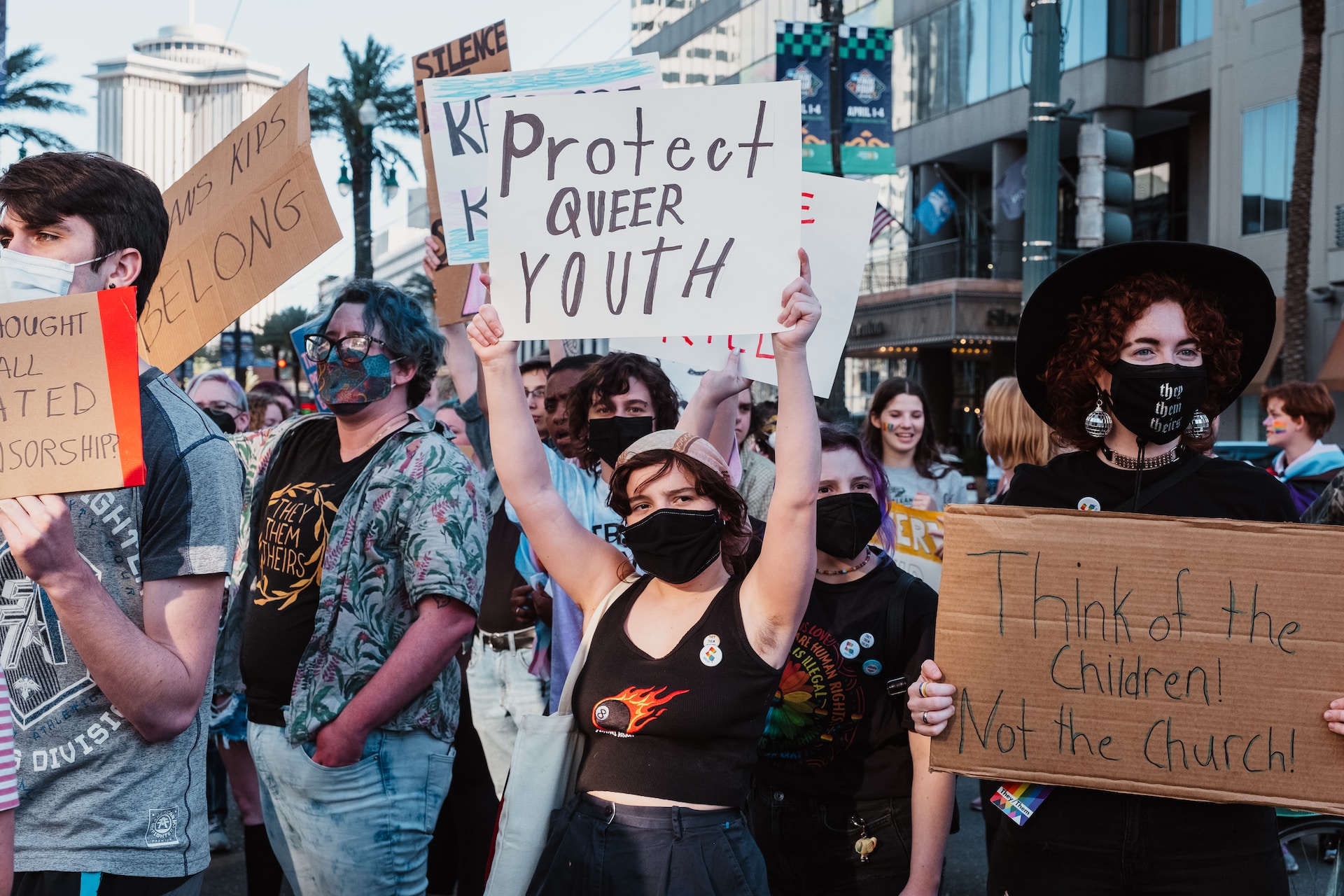
If you’re eager to continue your journey of understanding and using pronouns respectfully, let’s dive into a wealth of valuable resources and organizations that can provide you with further education and support. These resources enhance your understanding, offer comprehensive pronoun guides, and provide inclusive language practices, creating an inclusive environment where everyone feels included. Get ready to explore these recommended resources:
- 2SLGBTQIA+ Organizations:
- GLAAD: GLAAD is a media advocacy organization that offers resources and guidelines for inclusive language, including a comprehensive media reference guide.
- The Trevor Project: The Trevor Project is a leading organization focused on suicide prevention and crisis intervention for LGBTQIA+ youth. Their website provides resources on pronoun usage and creating supportive spaces.
- Pronoun Guides:
- MyPronouns.org: MyPronouns.org offers a wealth of information on pronouns, including an extensive pronoun guide, frequently asked questions, and resources for different contexts.
- Trans Student Educational Resources: Trans Student Educational Resources provides resources specifically geared toward creating inclusive environments for transgender and non-binary students, including a comprehensive guide to gender-neutral pronouns.
- Educational Websites:
- Gender Diversity: Gender Diversity dedicates itself to supporting and empowering transgender and gender-diverse children and youth. Their website offers resources on pronouns, including a helpful guide on gender-neutral pronouns.
- Nonbinary Wiki: The Nonbinary Wiki is a community-driven resource that provides information on non-binary identities, including a section on pronouns and their usage.
- Inclusive Language Guides:
- University of Wisconsin-Madison’s Pronouns Matter: This guide provides an overview of pronouns, tips for respectful pronoun usage and strategies for creating an inclusive environment.
- City of Edmonton Inclusive Language Guide: City of Edmonton offers an inclusive language guide that addresses the importance of pronouns in the workplace and provides practical tips for respectful communication.
By delving into these resources, you’ll gain a deeper understanding of pronouns and inclusive language practices. Remember, education is an ongoing process, and there’s always more to learn. Stay open-minded, engage in conversations, and actively seek out opportunities to expand your knowledge.
These resources and organizations are invaluable assets in your journey toward understanding and using pronouns respectfully. They offer guidance, support, and a wealth of information that can contribute to creating inclusive spaces. Let’s continue educating ourselves, challenging assumptions, and actively working toward a world that respects pronouns and celebrates individuals’ gender identities.
Thank you for embarking on this exploration with us, and we hope these resources will aid you in your ongoing commitment to inclusive language and pronoun usage.
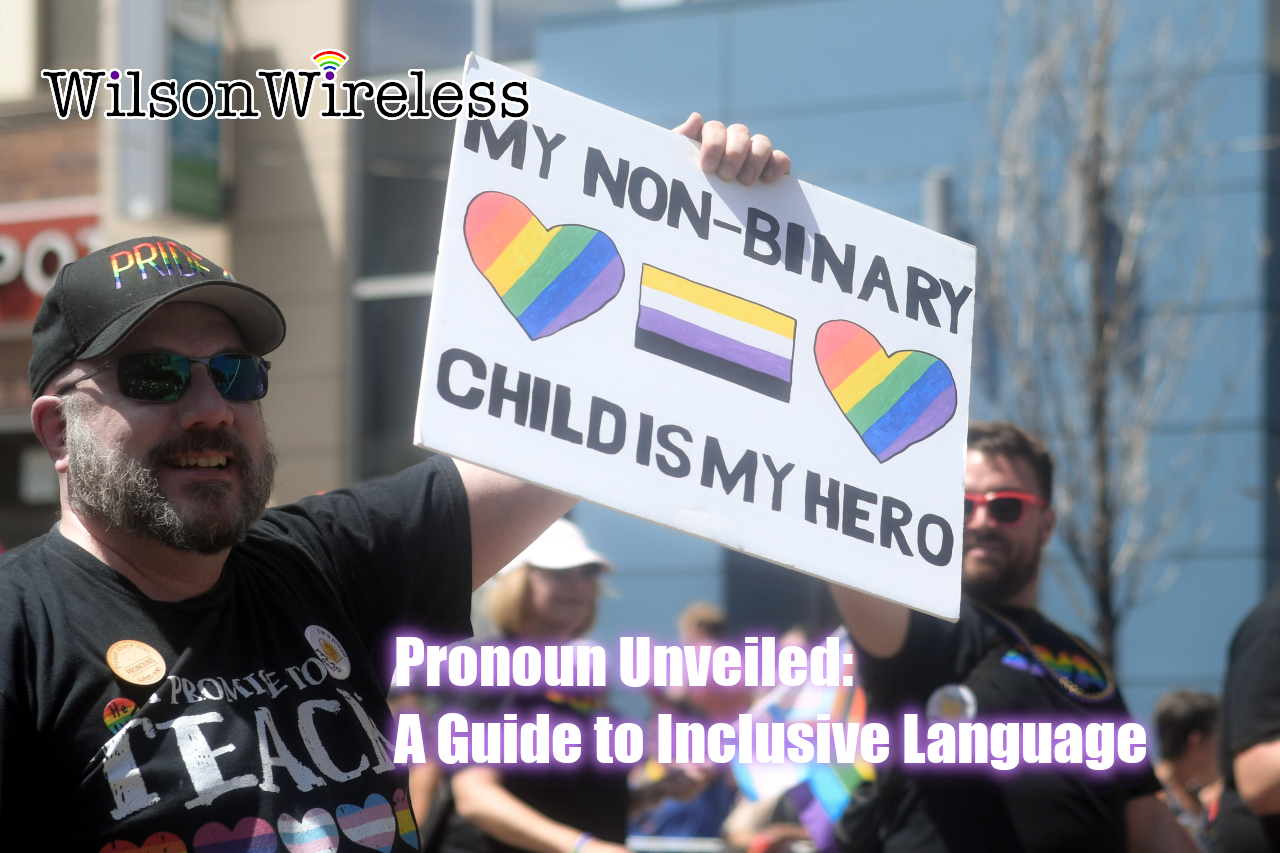

Leave a comment